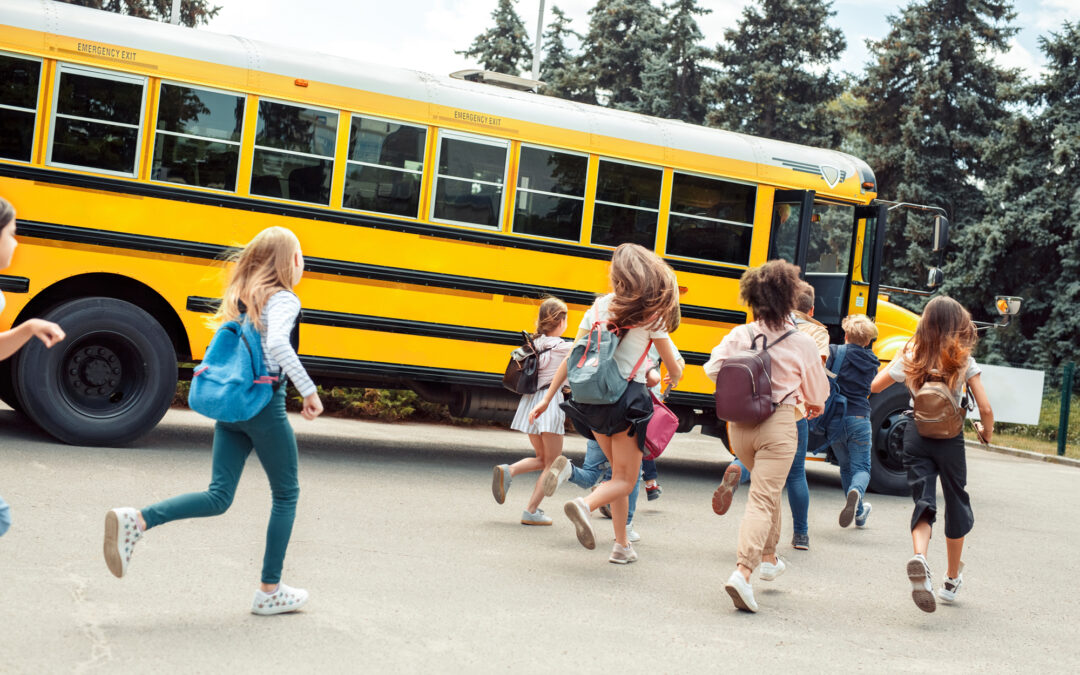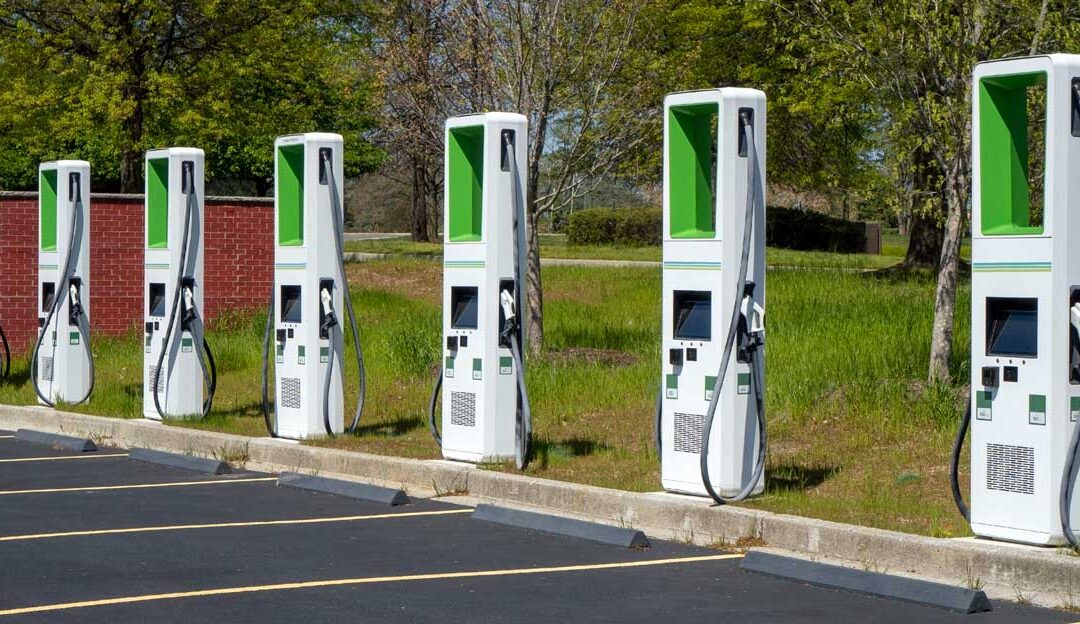
The State of EVs: Insights from the Chicago Auto Show
The past few weeks have been eventful for the EV industry. Changes to NEVI funding, CFI grants, Clean School Bus grants, and discussions about altering EV tax credits at the federal level have raised questions about where things stand. With all this movement, many advocates and EV owners are wondering what the future holds.
That’s why my visit to the Chicago Auto Show last week felt so timely. This event isn’t just a playground for car enthusiasts. It is where automakers showcase their latest models, concept vehicles, and innovative technology. It’s also a great opportunity for organizations like RENEW to see how the auto industry is positioning itself for the future.
And after walking through car manufacturer to car manufacturer, I can confidently say that EVs are still a core part of the automotive industry.
Despite political shifts and an evolving narrative around electrification, automakers are still committed. EVs were front and center at nearly every major booth. No matter where you looked, there was an EV or plug-in hybrid showcased on a stage, positioned right alongside the manufacturers’ most popular gasoline models.
Automakers Are All In
At Ford’s booth, one of the first things you saw walking into the main hall was the F-150 Lightning, the Mustang Mach-E, and Ford’s proprietary home charging setup. These displays were front and center of the Ford display, making it clear Ford still sees EVs as a priority
Over at Jeep, the focus was, as expected, all about off-roading. They had their usual rugged terrain display, showcasing the Wrangler and Gladiator’s trail capabilities. But what was running the trail with them? The Wrangler 4xe plug-in hybrid, demonstrating how combining an electric motor with an internal combustion engine enhances torque, fuel efficiency, and even allows for silent off-roading—something that was almost unheard of when it was first introduced.
The Stellantis brands (Ram, Jeep, Chrysler, Dodge) had a strong presence. Ram was showing off its new RamCharger chassis, a plug-in hybrid setup that uses a gas-powered generator to feed electricity to the battery, allowing for a range of over 650 miles. Chrysler had a brand-new luxury EV concept on display, the Halcyon. Dodge, known for their muscle cars, was showcasing their push into electrification with the all-new EV muscle car, the Next-Gen Charger. Across the board, hybrid and electric models were integrated with their gas-powered lineup.
Even Toyota, a company that’s been openly hesitant about fully embracing EVs, made a statement. While they’ve been more focused on hybrids and plug-in hybrids, than full battery electric vehicles. Toyota made it clear, through their display, they are committed to electrification.
A High-Performance Future
One of the most exciting parts of the show was the indoor EV test track. It wasn’t just about looking at the cars, it was about experiencing them. Automakers set up a track where attendees could take rides in some of the latest EVs and feel that signature instant torque and smooth acceleration firsthand. Ford, GM, Stellantis, Rivian, Volkswagen, and others were all there, letting people experience the power of electric vehicles first hand.
The Bigger Picture: Why People Choose EVs
Walking through the auto show, it became clear that automakers are designing EVs and hybrids for a wide range of drivers. Not everyone is buying EVs for the same reasons and the industry is responding to that reality.
- Some people buy an EV for cost savings, with lower fuel and maintenance costs.
- Others love them for performance with quick acceleration, off-road capabilities, and cutting edge technology.
- And, of course, many are drawn to the climate benefits, reducing their carbon footprint, and supporting the shift to renewable energy.
And honestly, it doesn’t matter why someone chooses an EV or plug-in hybrid—what matters is that they do.
At RENEW Wisconsin, our goal is to see transportation powered by clean energy. The best way to make that happen? Increase EV and plug-in hybrid adoption. Whether someone is buying an EV for fuel savings, performance, environmental benefits, or a mix of all three, the result is the same: more electric vehicles on the road and a step closer to a cleaner transportation future.
So while the headlines may suggest uncertainty in the EV market, the Chicago Auto Show told a different story. It was a story of growth, innovation, and a strong commitment from automakers to electrification. The EV industry is strong and continues to expand into new markets.



